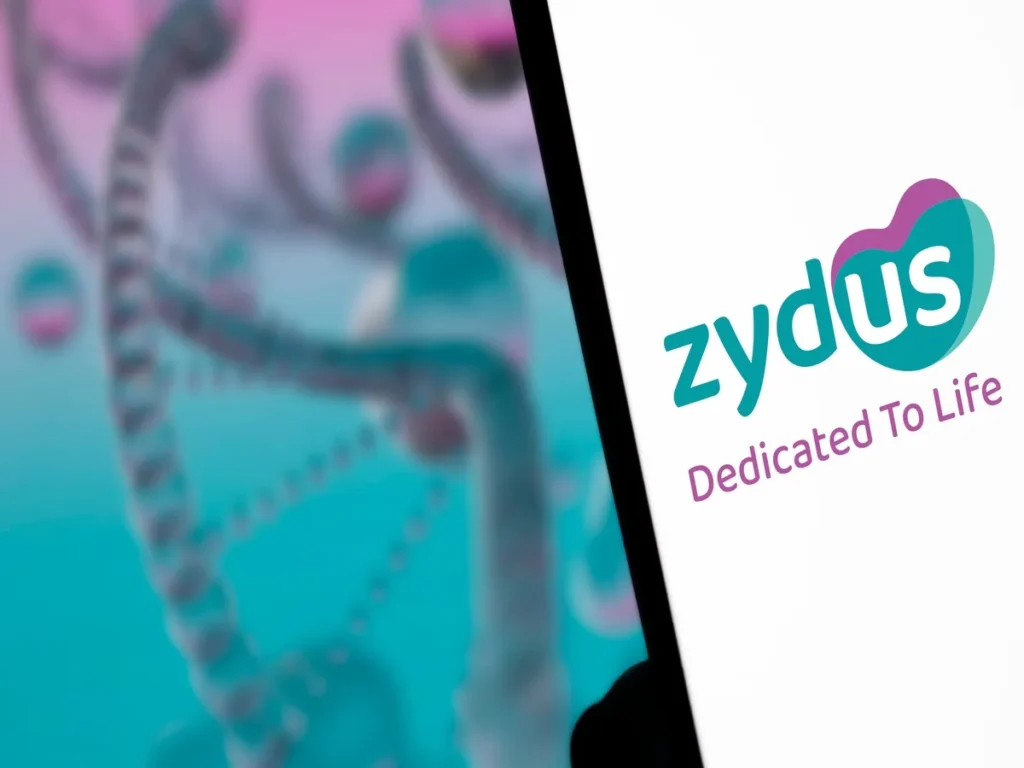Zydus’ experimental therapy demonstrates significant improvements in liver function and patient outcomes, signaling new hope in a disease with limited treatment options
Zydus’ experimental therapy demonstrates significant improvements in liver function and patient outcomes, signaling new hope in a disease with limited treatment options

Zydus Therapeutics announced encouraging Phase III results for its investigational therapy saroglitazar in the treatment of Primary Biliary Cholangitis (PBC). The company now plans to submit a New Drug Application to the U.S. Food and Drug Administration in 2026, aiming to provide a much-needed new option for patients struggling with this rare and serious autoimmune liver disease.
Understanding PBC and the treatment gap
Primary Biliary Cholangitis is a chronic autoimmune condition that affects the bile ducts in the liver. Over time the immune system attacks and scars these ducts, leading to impaired bile flow and accumulation of toxic bile acids within the liver. The disease gradually damages tissue, causing inflammation, fibrosis, and eventually cirrhosis. If untreated or uncontrolled, PBC can result in liver failure and the need for transplantation.
Symptoms can be highly disruptive. Fatigue, severe itching (pruritus), and abdominal discomfort are common. Many patients also face complications such as osteoporosis and thyroid disease. Beyond physical symptoms, the unpredictable course of PBC weighs heavily on mental health and quality of life.
Current therapies are limited. Ursodeoxycholic acid (UDCA) is standard first-line treatment, but up to 40 percent of patients have inadequate responses. Obeticholic acid is the only approved second-line drug in the U.S., but it does not work for everyone and carries concerns around pruritus and lipid changes. This leaves a significant population of patients with few reliable options.
The Phase III trial
The recently completed Phase III trial tested saroglitazar against standard of care in patients with PBC who had an inadequate response or intolerance to UDCA. Saroglitazar is a novel dual PPAR-alpha/gamma agonist designed to regulate lipid metabolism and inflammation. Its mechanism could both reduce cholestasis and improve systemic metabolic parameters, offering a two-pronged approach.
Key efficacy endpoints included:
Results showed that patients on saroglitazar achieved statistically significant reductions in ALP compared with those on standard therapy. Bilirubin levels also improved, suggesting meaningful preservation of liver function. Importantly, patients reported reduced fatigue and itching, two of the most burdensome symptoms.
Safety and tolerability were favorable. The most common side effects were mild gastrointestinal issues and transient elevations in liver enzymes, but no unexpected safety concerns were identified. Overall discontinuation rates were low, underscoring the potential for long-term use.
Implications for patients and clinicians
If approved, saroglitazar could become the first dual PPAR agonist available for PBC in the United States. For patients who do not respond adequately to UDCA, it represents a potential lifeline. By addressing both biochemical markers and patient-reported symptoms, saroglitazar might improve not only survival but also day-to-day well-being.
For clinicians, the availability of another therapeutic tool could reduce reliance on transplantation as the only definitive option for advanced disease. Earlier intervention with saroglitazar may help slow progression and expand the treatment landscape in a condition that has seen only incremental progress for decades.
The road ahead
Zydus intends to file for FDA approval in 2026, supported by the positive Phase III data package. Regulatory review will examine not only the efficacy results but also the long-term safety profile and durability of benefit. Global health authorities are also expected to review the data, with the potential for filings in Europe and Asia in parallel.
Industry analysts note that while the PBC market is relatively small compared with other liver diseases, the unmet need is high. Even modestly effective therapies can change the standard of care and achieve adoption if they show consistent benefit. Saroglitazar’s dual mechanism also positions it as a candidate for testing in related cholestatic and metabolic liver diseases.
Keep in touch with our news & offers